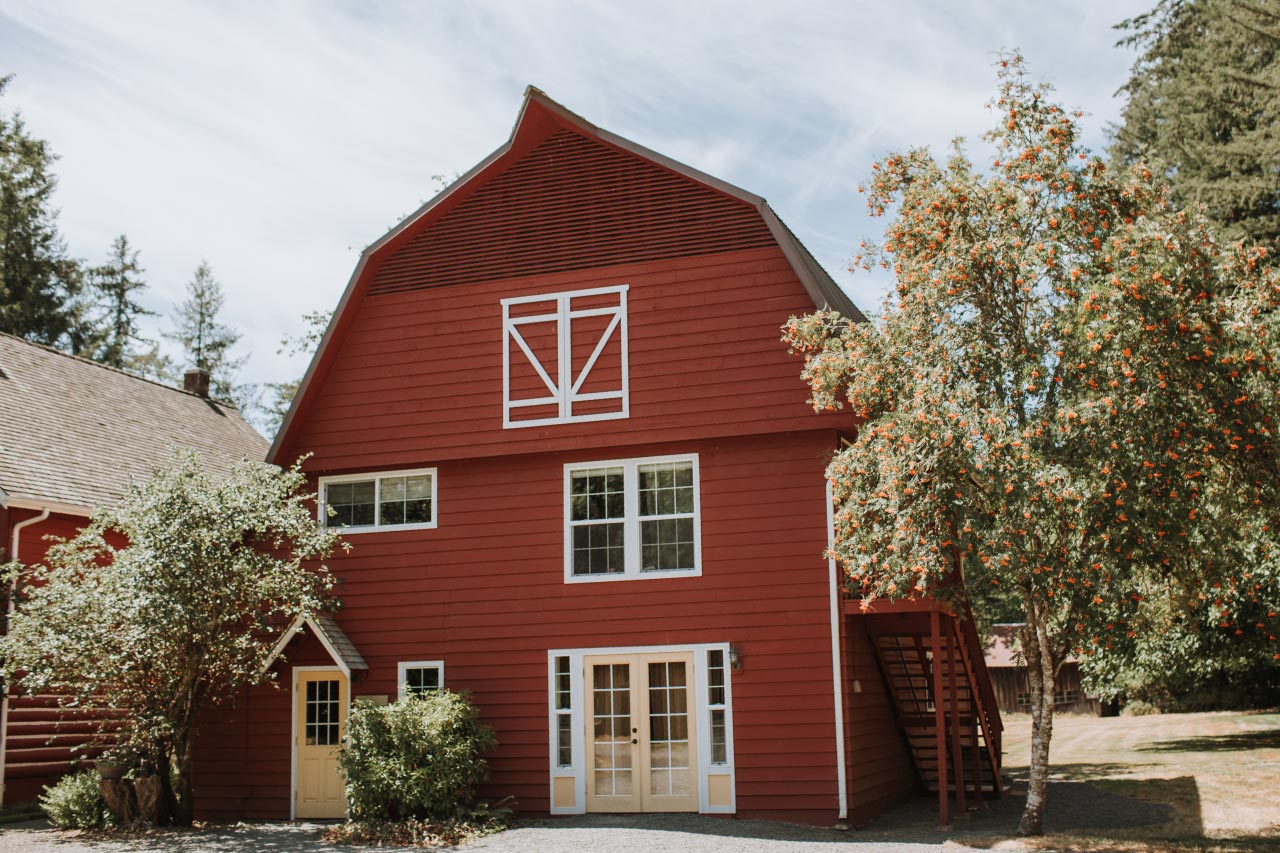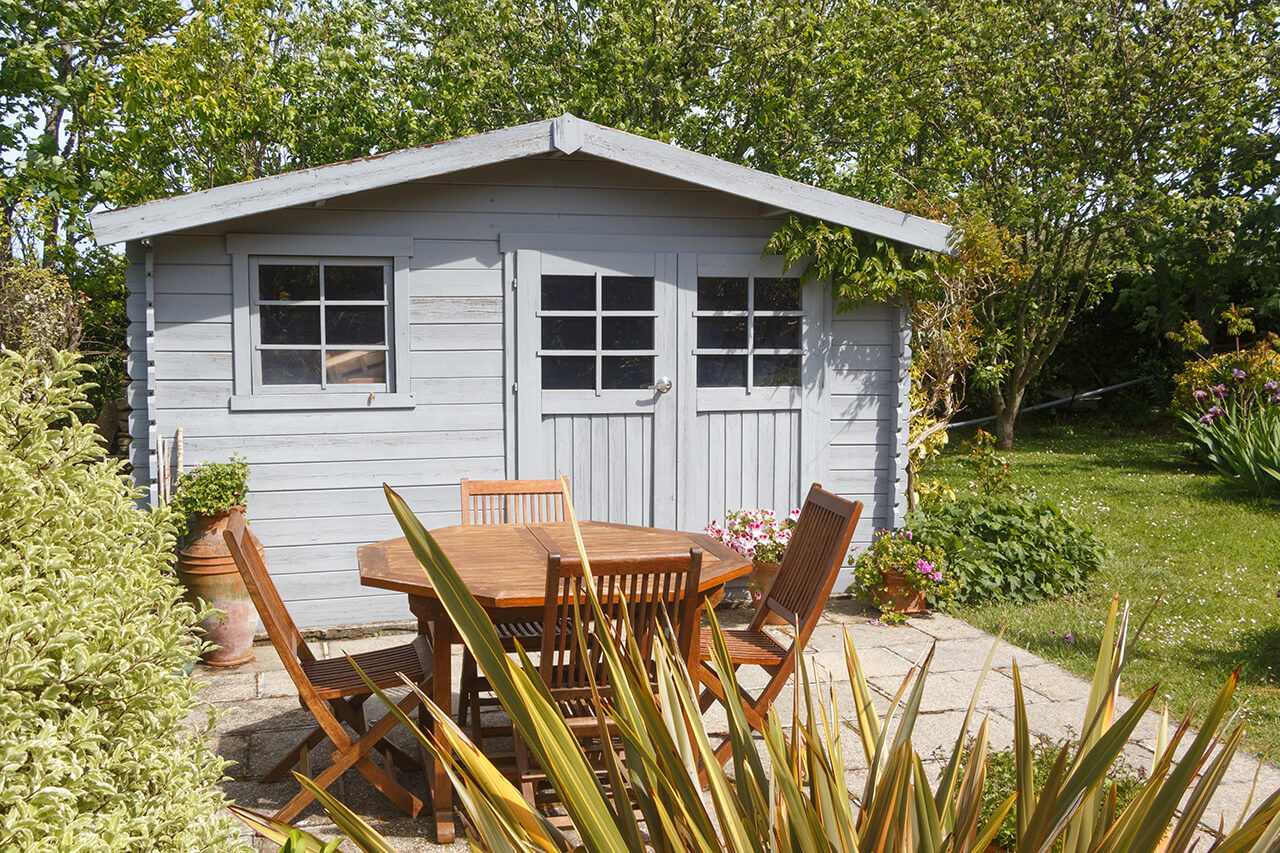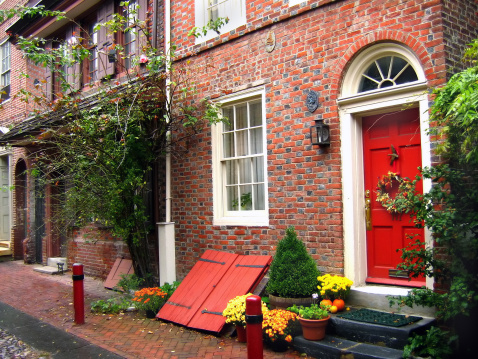
Get matched with top shed, barn or playhouse repairers in your area
Enter your zip and get matched with up to 3 pros
Matching on HomeAdvisor


Shed, barn or playhouse repairers in North-marshfield
No results for Shed, Barn or Playhouse - Repair in
Try adjusting your search criteria.FAQs for shed, barn or playhouse repair projects in North-marshfield, MA
Examine your shed for structural issues like sagging roofs, leaning walls, or foundation problems. Minor concerns such as loose shingles, small leaks, or cosmetic wear indicate repairs are appropriate. However, when multiple major components are failing, extensive rot has developed, or repair estimates approach the cost of a new structure, replacement often makes more economic sense. Also consider the shed's age and construction quality when making this decision.
Permit requirements vary by location, but electrical modifications, structural alterations, or footprint changes often require building permits to ensure safety code compliance. Basic maintenance like replacing siding, repairing a door, or minor roof patches usually doesn't need official approval. Contact your local building department before starting significant repairs to avoid potential fines or complications.
Repair timelines vary based on the project scope and complexity. Minor fixes like door adjustments or small leak repairs might take only a few hours. More extensive work such as roof replacement or structural repairs require one to three days. Weather conditions, material availability, and contractor scheduling all affect completion times. Most professionals can provide a reasonable timeframe estimate after assessing your shed's specific needs.
Insulation makes sense if you use your shed as a workspace, hobby area, or for storing temperature-sensitive items. At $0.35 to $3 per square foot, insulation can be a worthwhile investment for sheds that see regular use. For basic storage of garden tools and outdoor equipment, insulation may be unnecessary unless you experience extreme temperature fluctuations that could damage stored items. Consider your shed's primary purpose when deciding whether to add this feature during repairs.





- Birmingham
- Phoenix
- Tucson
- Fresno
- Long Beach
- Los Angeles
- Modesto
- Sacramento
- San Diego
- San Francisco
- San Jose
- Denver
- Hartford
- Washington DC
- Fort Lauderdale
- Jacksonville
- Miami
- Orlando
- Tampa
- Atlanta
- Chicago
- Indianapolis
- Louisville
- New Orleans
- Baltimore
- Boston
- Detroit
- Grand Rapids
- Minneapolis
- Saint Paul
- Kansas City
- Saint Louis
- Las Vegas
- Albany
- New York
- Asheville
- Charlotte
- Greensboro
- Raleigh
- Winston Salem
- Cincinnati
- Cleveland
- Columbus
- Oklahoma City
- Portland
- Harrisburg
- Philadelphia
- Pittsburgh
- Providence
- Memphis
- Nashville
- Austin
- Dallas
- El Paso
- Fort Worth
- Houston
- San Antonio
- Salt Lake City
- Norfolk
- Richmond
- Virginia Beach
- Seattle
- Madison
- Milwaukee



